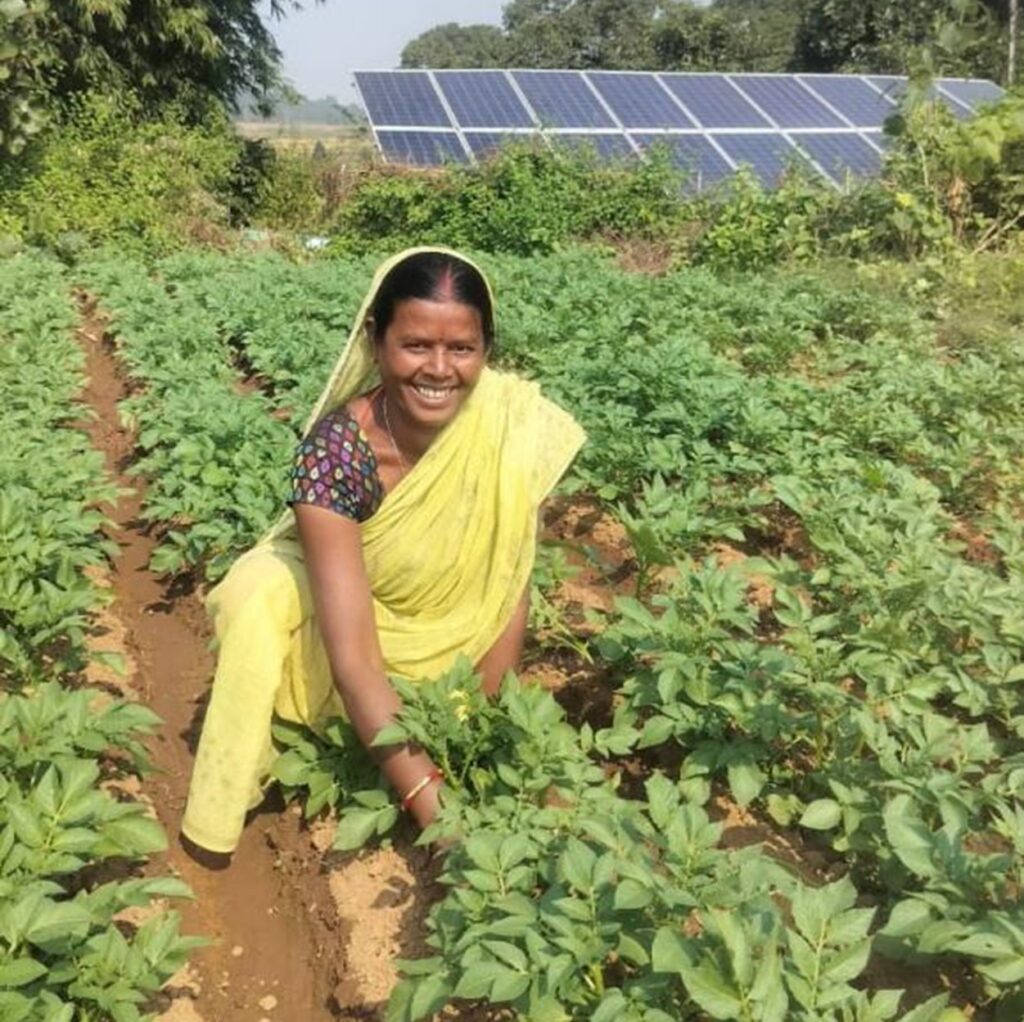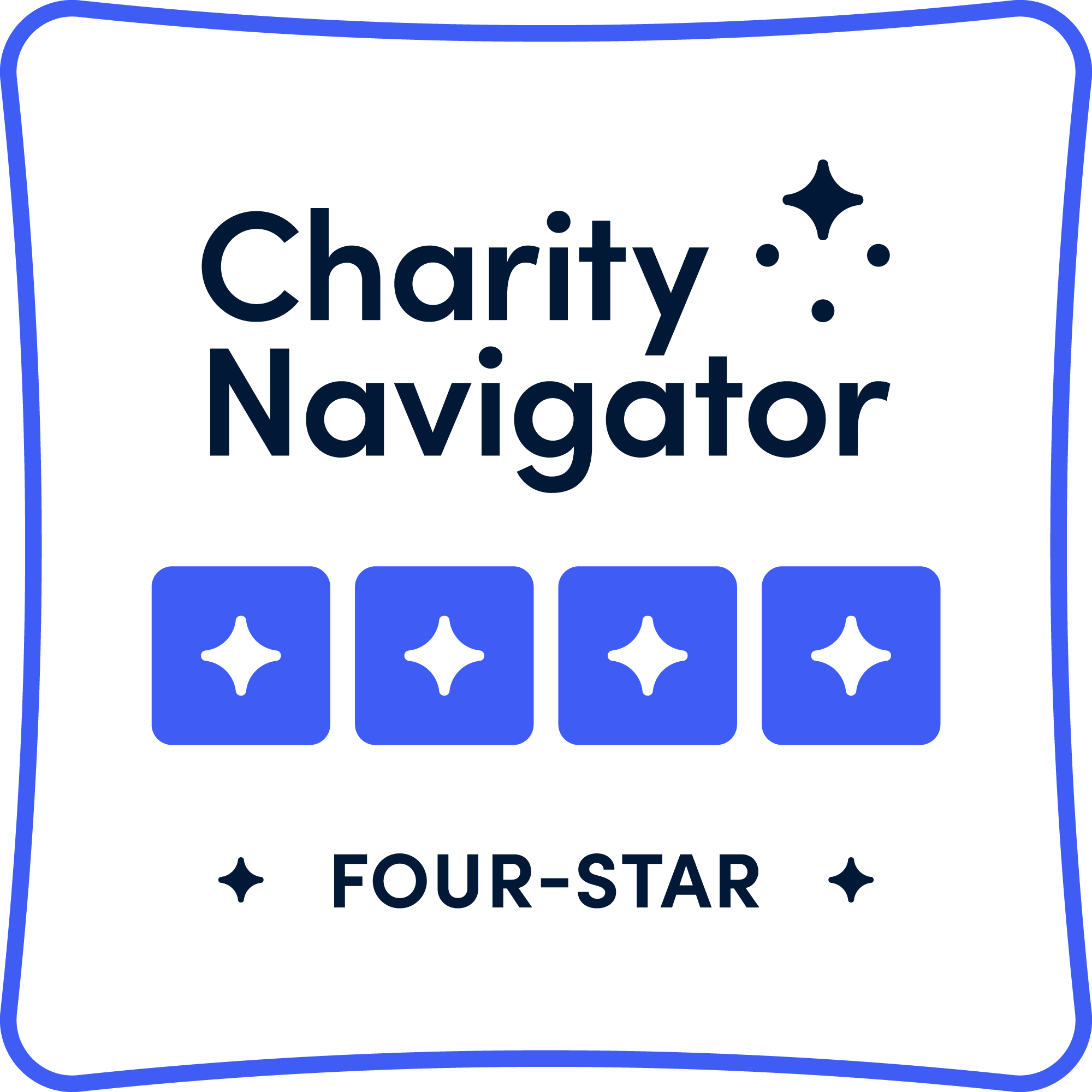“Water came, and the fields began to grow. Everything has changed now. I want every woman to feel proud looking at her own field.”
—Padma Devi
This is Padma’s story. She lives in a village in Bokaro district, Jharkhand, and has two children with her husband, Murari Mahato, a farmer. She is a member of a self-help group and works as a Sevika providing basic health and childcare services. However, her work pays very low wages.
At the time, Murari and Padma grew paddy on their land. Because water is scarce, they weren’t able to grow in times other than the monsoon season. As a result, they often found themselves in financial trouble and wished they could afford better schooling for their children.
A Meeting That Changed Everything
One day, Padma attended a meeting with her self-help group. PRADAN, which, with our support, helps educate farmers in rural villages on sustainable farming practices. They presented to the group on climate-resilient agriculture and irrigation solutions.
Following the presentation, Padma shared that her family owned some land, but they had no water source. They, in turn, introduced the group to solar lift irrigation. This is the process of “lifting” water from a river or other natural source using solar-powered pumps. Padma listened carefully and took lots of notes — she was eager to share the information with her friends and neighbors.
Padma was persistent. As more and more of her neighbors heard and asked about the system, she decided to organize a community meeting. It took a few tries to bring in the entire community, but a meeting held one evening turned things around. With the help of PRADAN staff, the system was explained in simple terms. Most importantly, they learned how it could transform 15-20 acres of barren land.
The system had many benefits. Solar energy meant no recurring and expensive power costs or the need to be connected to a power grid. With cost-sharing, community farms could all participate. Farmers would contribute 25% of the installation cost, with the rest covered by Share & Care and other support partners.
A Turning Point for the Village … and Padma
A group of farmers eventually agreed to take ownership of the proposed collective system. Soon after, they opened a dedicated bank account and formed the Shiv Savitri Solar Committee. They also scheduled weekly meetings to discuss farming plans, contributions, and system maintenance. Then, the installation of the solar lift irrigation system began, which marked a turning point in the lives of Padma and the entire village.
While the Share & Care Foundation supplied financial and technical support, PRADAN oversaw the project and planning. Finally, the irrigation system installation was complete, and everything changed — for the better. Unused land became green, and crops of vegetables, cereals, and pulses sprang up.
As for Padma and her family, she began growing radishes, tomatoes, potatoes, mustard, cabbage, rice, wheat … and her income! That first year, she earned 2.5 lakh, a number previously thought beyond her wildest dreams.
Today, farming is the family’s main livelihood. Her son now attends college, and their standard of living has risen. The family now feels confident in their futures without the daily worries of depending on low-paid wage work. She also continues to share her story with other communities, which has led to more groups exploring solar-based solutions.
A Ripple Effect Across Villages
Padma’s persistence and hard work removed their doubts and built trust. The Shiv Savitri Solar Committee now meets regularly to plan crop cycles, discuss market linkages, and maintain the system. Their system is a shining example of how shared responsibility and joint action can lead to long-term solutions.
Padma also now guides other women in her self-help group network in these methods as a viable income source. She also encourages them to believe they, too, are capable of driving real change.
The next generation is already benefiting from her work. Her story is now discussed in other villages where similar water issues exist, and more groups are exploring solar-based solutions.
Join Us
Padma’s journey demonstrates what’s possible when rural women receive the information, autonomy, and support they need. She is a living example of how collective action can tackle local challenges — from water scarcity to low farm productivity.
Join us in celebrating women’s health and empowerment through education. Your gift will help us continue creating opportunities for marginalized communities.
DONATE TODAY

